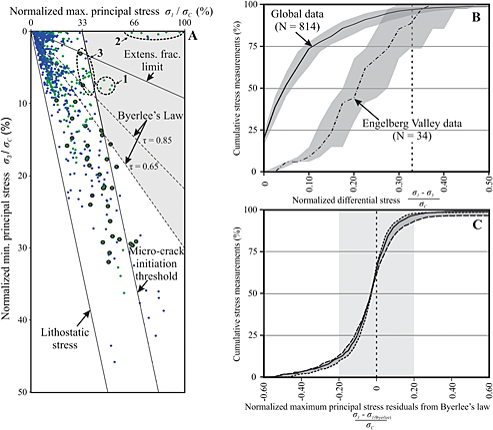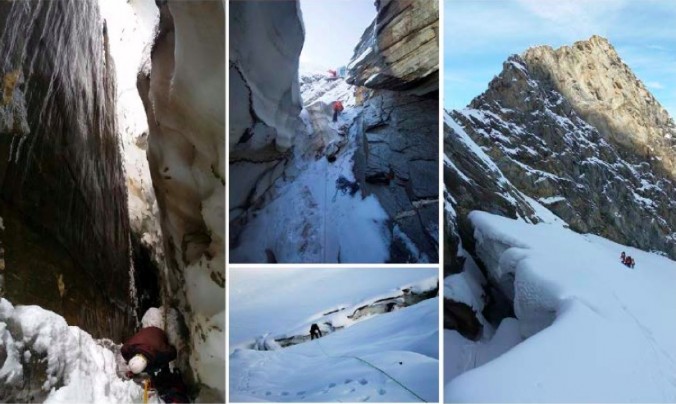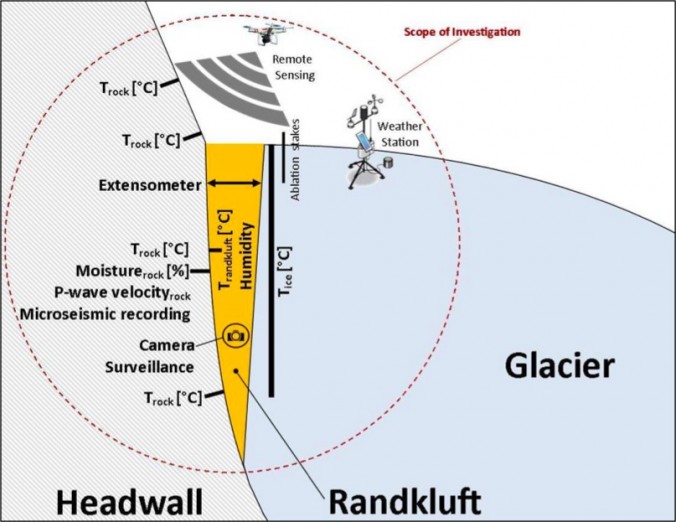As usual, there’s plenty happening at EGU this year. You can find me at any one of these locations: Monday Mon, 24 Apr, 15:30–15:45, Room N1, GM1.6/BG9.38/HS11.11/NH8.8/TS4.7 | | Highlight Dynamic fracture development in response to extreme summer temperatures: 27/7/2014, Långören Island, Finland (EGU2017-16387) by Kerry Leith, Matthew Perras, Topias Siren, Tuomas Rantanen, Suvi Heinonen, […]
Read More...stress-driven
Geohazard information for the masses
Category: GlacierRocks – Glacier-Headwall Interaction and its Influence on Rockfall Activity
Find out more with the following links:
Homepage: http://www.georesearch.at/de/bereiche/forschungsbereiche/geo/projekt-glacierrocks
Facebook: https://www.facebook.com/georesearch/
ResearchGate: https://www.researchgate.net/project/GlacierRocks-Glacier-Headwall-Interaction-and-its-Influence-on-Rockfall-Activity
LinkedIn: https://www.linkedin.com/company-beta/17889341/
Candidate: Open Supervisors: Kerry Leith, Ingo Hartmeyer, Markus Keuschnig Institution: ETH Zurich, GEORESEARCH Forschungsgesellschaft mbH Activity: Beginning Fall 2018 Since 1880 mean annual air temperatures in Austria have risen by 2 °C, more than twice the average global warming of 0.85 °C. Glacier retreat has evolved into one of the most visible consequences of this climatic change in […]
Read More...Research project: GlacierRocks – Glacier-Headwall Interaction and its Influence on Rockfall Activity
Ingo HartmeyerMarkus KeuschnigJan-Christoph Otto Kay HelfrichtKerry Leith Michael Krautblatter Institutions: GEORESEARCH Forschungsgesellschaft mbH, University of Salzburg, Technische Universität München, Austrian Academy of Sciences, ETH Zurich Goal: The proposed project GlacierRocks will establish the worldwide first research site for long-term monitoring of stability-relevant processes inside a randkluft system. Based on the acquired monitoring data GlacierRocks is pursuing […]
Read More...

Predicted distribution of various types of fracture beneath an Alpine valley. Here we start with a ‘V’ shaped topography, introduce ice, and manually cut out the center of the valley. Fractures forming in tension and shear are coloured yellow and orange, respectively, while active ‘micro-cracking’ is purple, and regions in which we predict explosive fracturing are marked in red under the ice. Note how the area of explosive fracturing increases as we remove ice, and the difference in fracture distribution between model Stages 14 and 32, for which the only difference is the relief of stresses during the intermediate period of deglaciation (Leith et al. 2014).
Leith, K., Moore, J.R., Amann, F., Loew, S., 2014. Sub-glacial extensional fracture development and implications for Alpine valley evolution. J. Geophys. Res. 119, 62-81.

A revised compilation of in situ stress measurements indicates maximum differential stress magnitudes are limited by micro crack initiation.
Leith, K., Moore, J.R., Amann, F., Loew, S., 2014. In situ stress control on micro-crack generation and macroscopic extensional fracture in exhuming bedrock. J. Geophys. Res. 119, 594–615.
© 2024 stress-driven
Theme by Anders Noren — Up ↑




Recent Comments